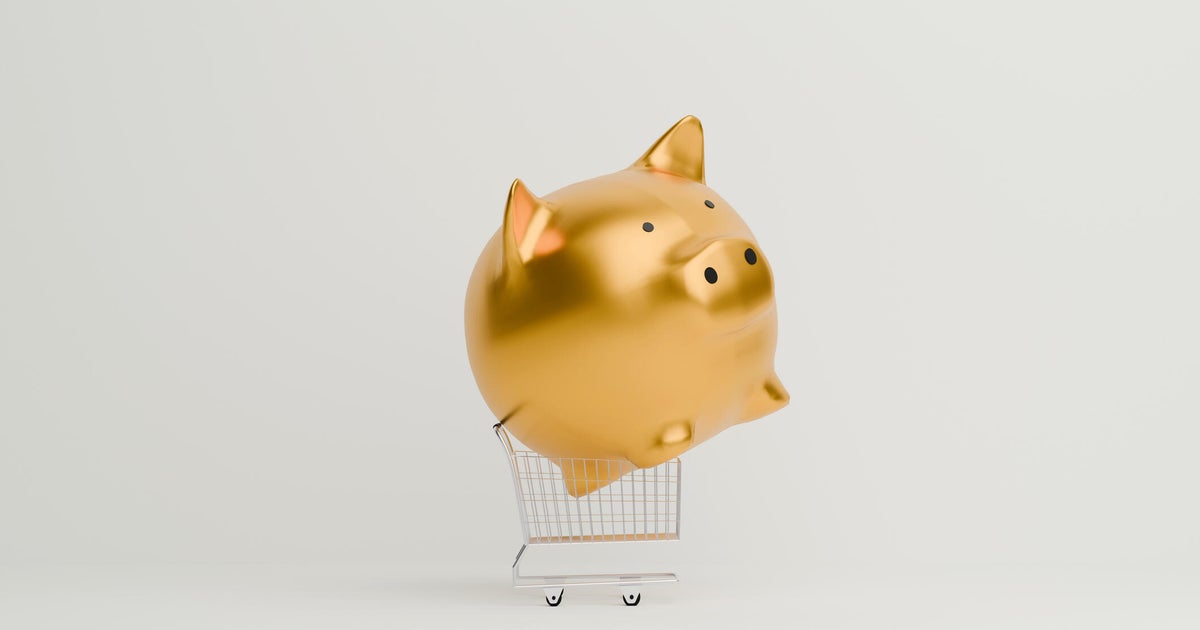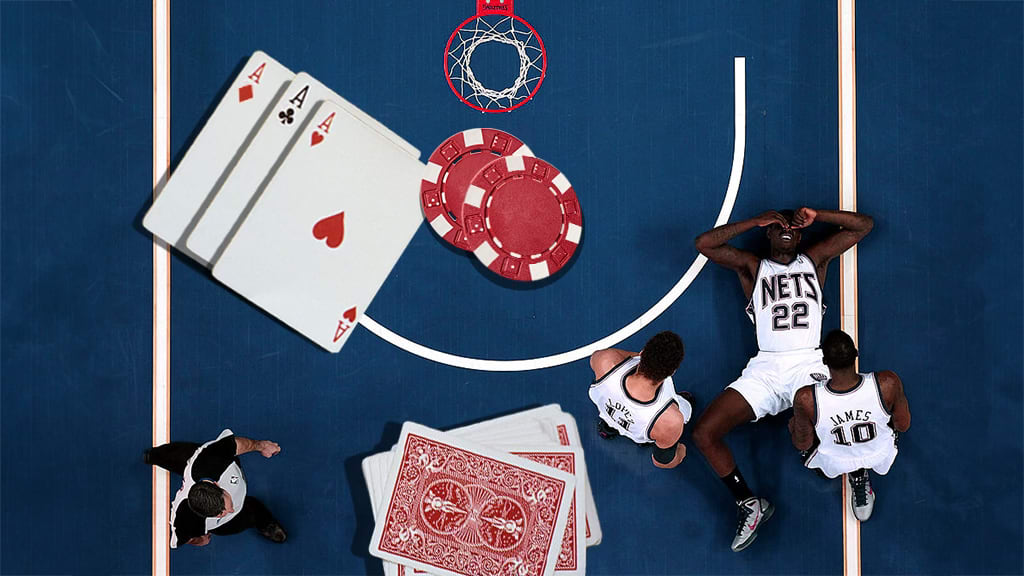Investing in gold bars and coins? Here's how to tell if they're real.
Investing in gold bars and coins can be a smart financial strategy, but it can be daunting for beginners to differentiate between real and fake gold. Counterfeiters are getting better at making fake gold, so it's essential for investors to know how to tell if they have the real thing in their hands.
Thankfully, there are several easy ways you can evaluate a gold bar or coin to determine if it's real and ensure you're making a wise investment.
Learn more about gold investing with this free information kit.
Investing in gold bars and coins? Here's how to tell if they're real.
These methods can help you identify if a gold bar or coin is authentic.
Evaluate the weight and texture
First, start by holding the gold in your hand and evaluating it physically. Real gold is soft and heavy. You can use a precision scale to determine the weight and compare it to the manufacturer's specifications.
In addition, counterfeiters may shave a small amount of gold to reduce its weight, so make sure to verify the dimensions as well.
Finally, the texture of authentic gold is smooth, so inspect the gold piece for any signs of air bubbles or significant abnormalities.
Look for hallmarks
All authentic gold bars and coins have a hallmark stamp that indicates their purity. This stamp is a guarantee from a reputable manufacturer that the gold is 100% pure. If your gold bar or coins don't have a hallmark, it's likely they're fake.
In the U.S., the most common hallmark for gold is "Au," which stands for Aurum, the Latin word for gold. Other hallmarks include the weight of the gold, the purity of the metal and the mint where the gold was manufactured.
Get your free investors kit here to learn more about gold investing today.
Conduct a DIY Test
There are also some at-home tests you can do to determine if a gold bar or coin is real.
- The magnet test: Gold is not magnetic. If your bar or coin is attracted to a reasonably strong magnet, it may be fake or impure.
- The float test: Real gold is heavy and should sink immediately to the bottom of a glass or bowl of water. If yours floats or sinks slowly, it's a sign of a fake.
- The ping test: When you strike gold against another piece of metal, it makes a long, high-pitched ringing noise. Bars or coins that make a short, dull sound may not be real.
- The acid test: Apply a drop of nitric or hydrochloric acid to an unobtrusive area of the gold. If the acid turns green or the bar or coin dissolves, the gold is not gold but rather a base metal that has been plated with gold. You can buy an acid test kit from a jeweler or online. Just be sure to take extra care, as acid can be corrosive and damaging.
Take it to a professional
If you're still unsure whether your gold is real or fake, seek the help of a gold appraiser. There are many organizations that can authenticate gold, such as the American Numismatic Association and the Professional Coin Grading Service. These organizations use advanced testing techniques and equipment to tell precisely whether the gold you have is real.
The bottom line
Investing in gold bars and coins can be a smart way to diversify your portfolio and protect yourself from losses. The above tips will help you distinguish real from fake gold and ensure you're investing your hard-earned money in the right way. Be sure to also watch for these signs of a gold scam. With a little due diligence and attention to detail, you can buy real gold bars and coins that can add stability and security to your investment portfolio.






